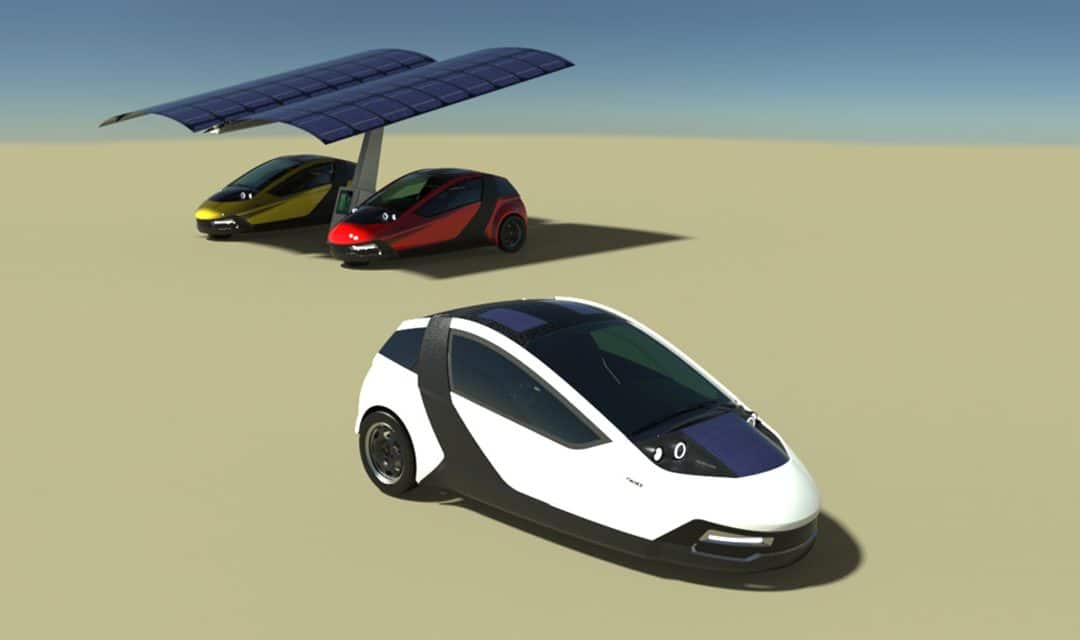Please note: Our texts are translated automatically. Errors may occur during this process.
How large is a solar system that generates energy for 15,000 km of annual driving with the TWIKE 5? This is the question of TWIKE prospective customers, who would like to generate their mobility not only sporty active, but also with clean driving current.
The short answer is: just 6 square meters.
A little longer: Due to the TWIKE 5’s relatively low consumption of about 8 kWh/100 km, an annual range of 15,000 km requires only about 1,200 kWh of energy. This can already be generated today with a photovoltaic system of about 6 sqm (1 kWp) with a good and shadow-free orientation in the same period.
Doesn’t it now make sense to integrate a corresponding photovoltaic surface into the vehicle skin?
Here the short answer is not sufficient. She would be YES.
Yes, because a certain surface area of the vehicle is available in the daily average well aligned. And especially for low daily mileage, this area can help reduce the need to purchase energy from a power outlet. During this period, however, the vehicle should be exposed to the sun as unshaded as possible. From many years of practice, it is known that on such sunny days the shaded parking lot is the better choice to keep the interior cool and also to protect the battery from unnecessary heat. Otherwise, the cooling power that has to be applied subsequently quickly cancels out the energy yield. If you can’t find a cool shady spot, the integrated solar panel can help cool the interior or even charge the battery in cool weather. Since the integration of the solar surface currently even in the best case (sunny day, unshaded parking lot, cool weather conditions) only reduces but does not avoid the external energy purchase, it is recommended to focus first on the external energy source (photovoltaic, wind power, hydropower). The ideal solution seems to us to be the use of solar carports, which can be optimally aligned to the sun and provide shade for the parked vehicle. They help separate clean rainwater from street water and, when not in use by the vehicle parked below, feed the solar yield into the grid.
Due to the elimination of solar panels on the vehicle, the TWIKE 5 can be designed to be cheaper but also lighter, contributing to reduced energy consumption. Sacrificial parts (replacement parts in the event of accidents) can be produced more cheaply without solar surfaces, thus helping to keep insurance premiums low. However, these are only current framework conditions. In the future, it will still be necessary to weigh the pros & cons of solar panels on vehicles. We therefore already foresee cutouts for the retrofitting of a photovoltaic system in the vehicle surface 😉
